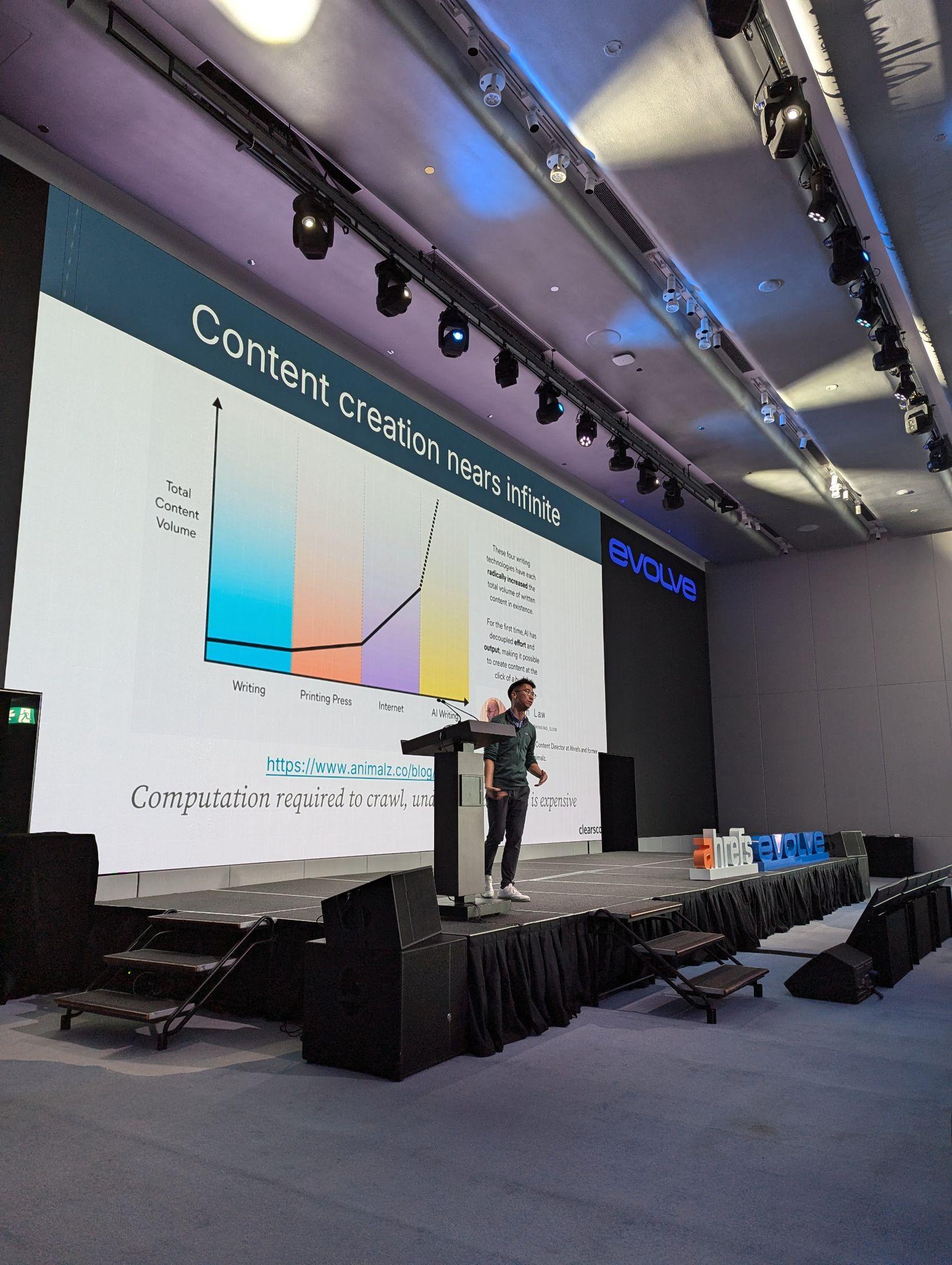Influencer marketing has become essential for brands because it builds authenticity, reaches engaged audiences, and works for any budget. But in a world flooded with endorsements, authenticity is more important than ever. This guide provides a step-by-step approach to creating an effective influencer marketing strategy.
What is influencer marketing?
It’s all about collaborating with content creators who have dedicated followers to promote your brand. In return, influencers might receive payment, commissions, free products, or a mix of these.
Why is it effective?
Influencer marketing builds trust. Studies show consumers often rely on influencer recommendations, and influencer-generated content tends to outperform content created directly by brands.
Building a winning strategy:
First, define your goals. What do you want to achieve – brand awareness, engagement, social proof, fresh content, or more sales? Make sure these goals mesh with your overall marketing strategy.
Next, set your budget. Remember to include influencer fees, product costs, software tools, and potential ad spending to boost content. If your budget is tight, be flexible with deadlines, negotiate the scope of work, and consider partnering with micro-influencers who have smaller but highly engaged audiences.
When it comes to partnerships, think beyond just one-off sponsored posts. Consider sending free products to creators for potential organic mentions (product seeding), providing unique tracking links or codes for sales-driven results (affiliate partnerships), or establishing long-term relationships with creators who genuinely love your brand (brand ambassadorships). Giveaways and contests can also be a great way to boost engagement and grow your following.
Before you start looking for influencers, take some time to research your audience. Figure out which platforms and content types they engage with most.
Then, find the right influencers. Consider their follower count (nano, micro, macro, mega) based on your goals and budget. Prioritize authenticity and make sure the influencer’s audience aligns with yours.
Once you’ve found some potential partners, vet them carefully. Analyze their audience demographics, engagement rate, content quality, brand alignment, and how often they post sponsored content.

To ensure a smooth partnership, set clear expectations upfront. Create contracts that outline deliverables, timelines, payment terms, and legal guidelines. Use creative briefs to ensure you and the influencer are aligned on campaign goals and messaging.
Finally, repurpose the content created by influencers. Maximize your investment by sharing it on your brand’s channels and potentially using it in paid ads (with secured rights).
Key takeaways:
- Authenticity is paramount. Partner with creators who genuinely believe in your brand.
- Start with clear goals and a defined budget.
- Choose the right partnership types and platforms.
- Vet influencers carefully.
- Set clear expectations and provide detailed briefs.
- Repurpose influencer content to amplify results.
Influencer marketing is an ongoing process. Continuously refine your strategy based on performance and adapt your approach as needed.
Content Copyrights Belong to The Author. All Rights Reserved.
We're A Dallas Digital Marketing Agency That is Experts At Social Media Marketing, Website Design and Emarketing and Promotion.




